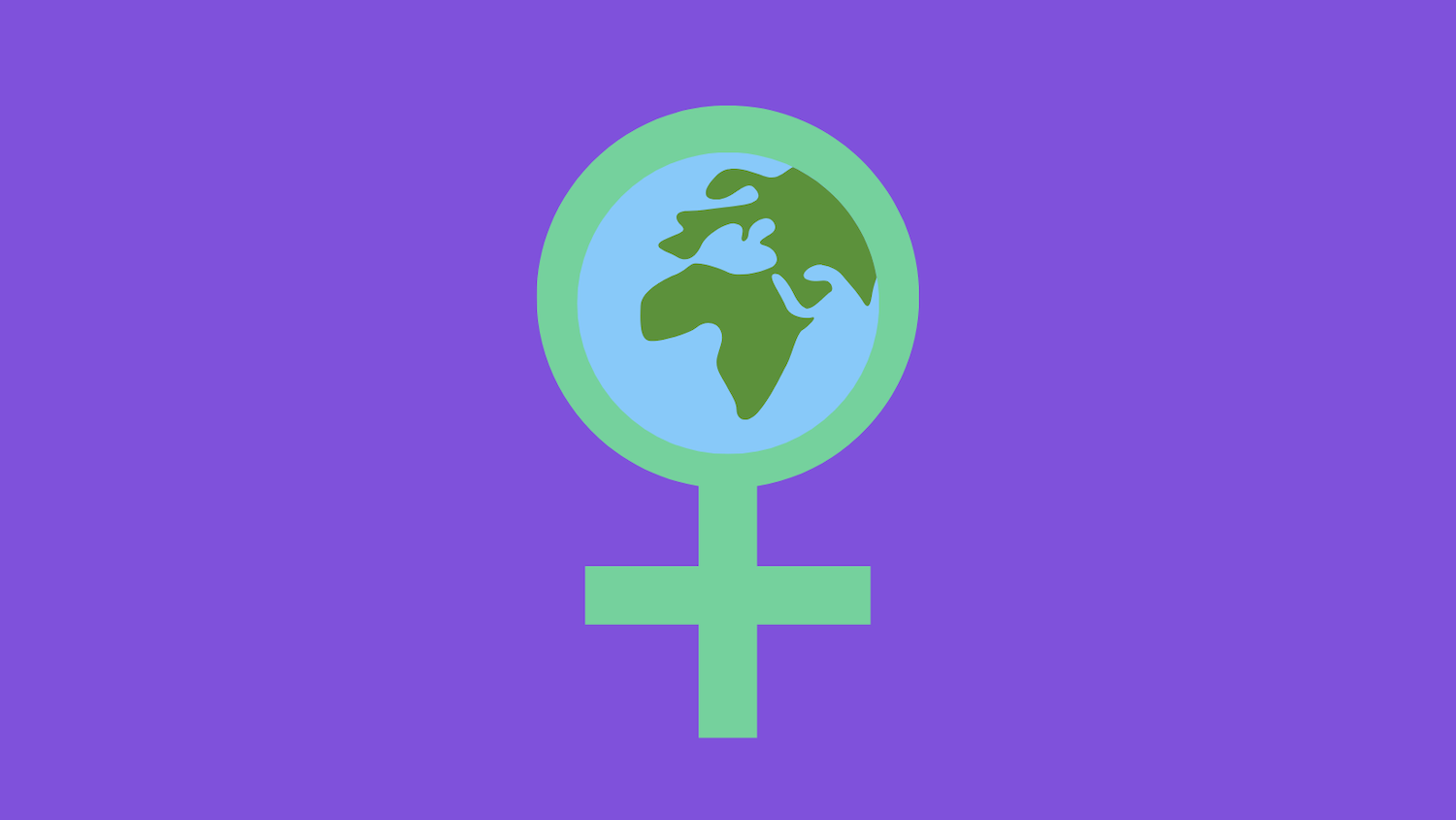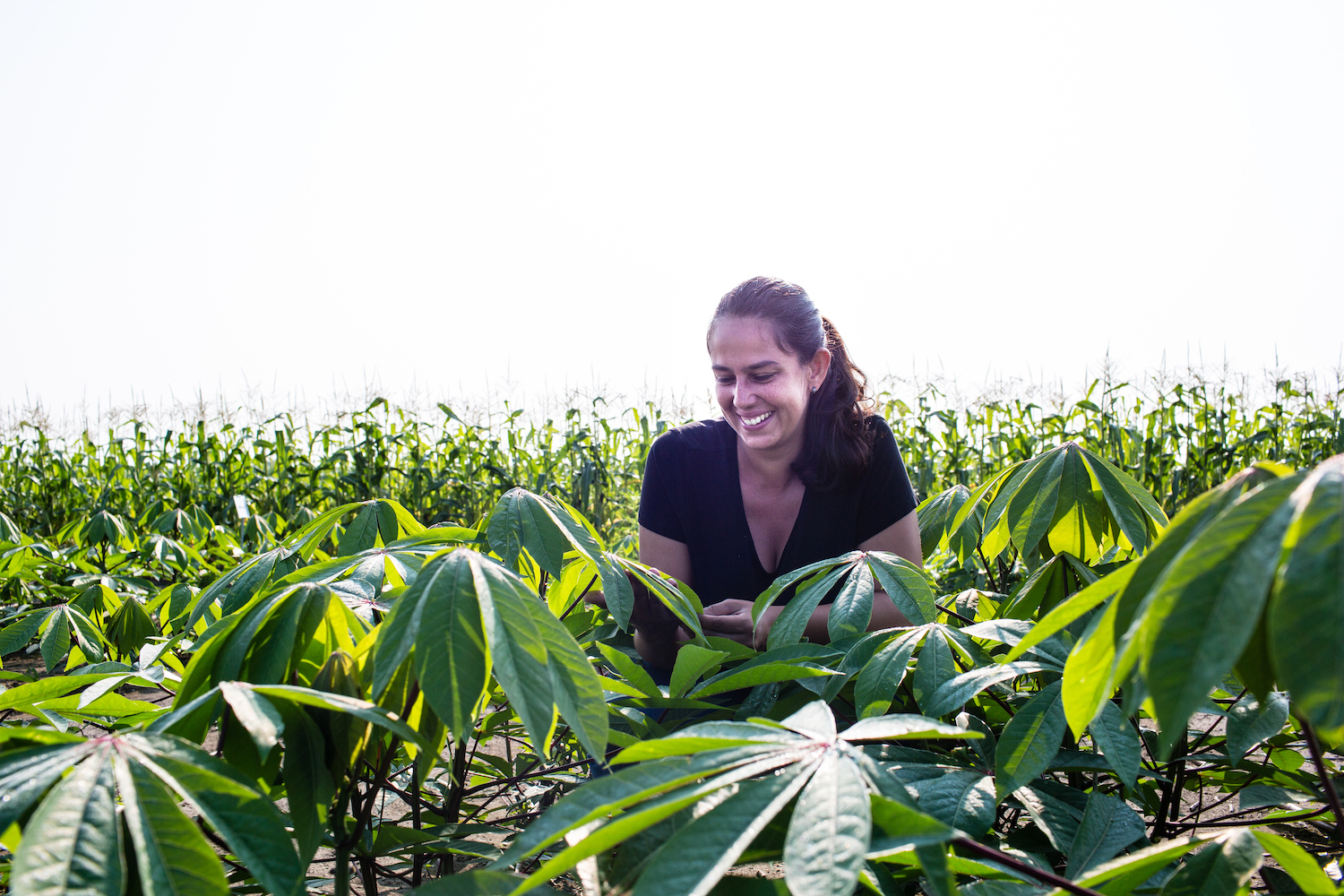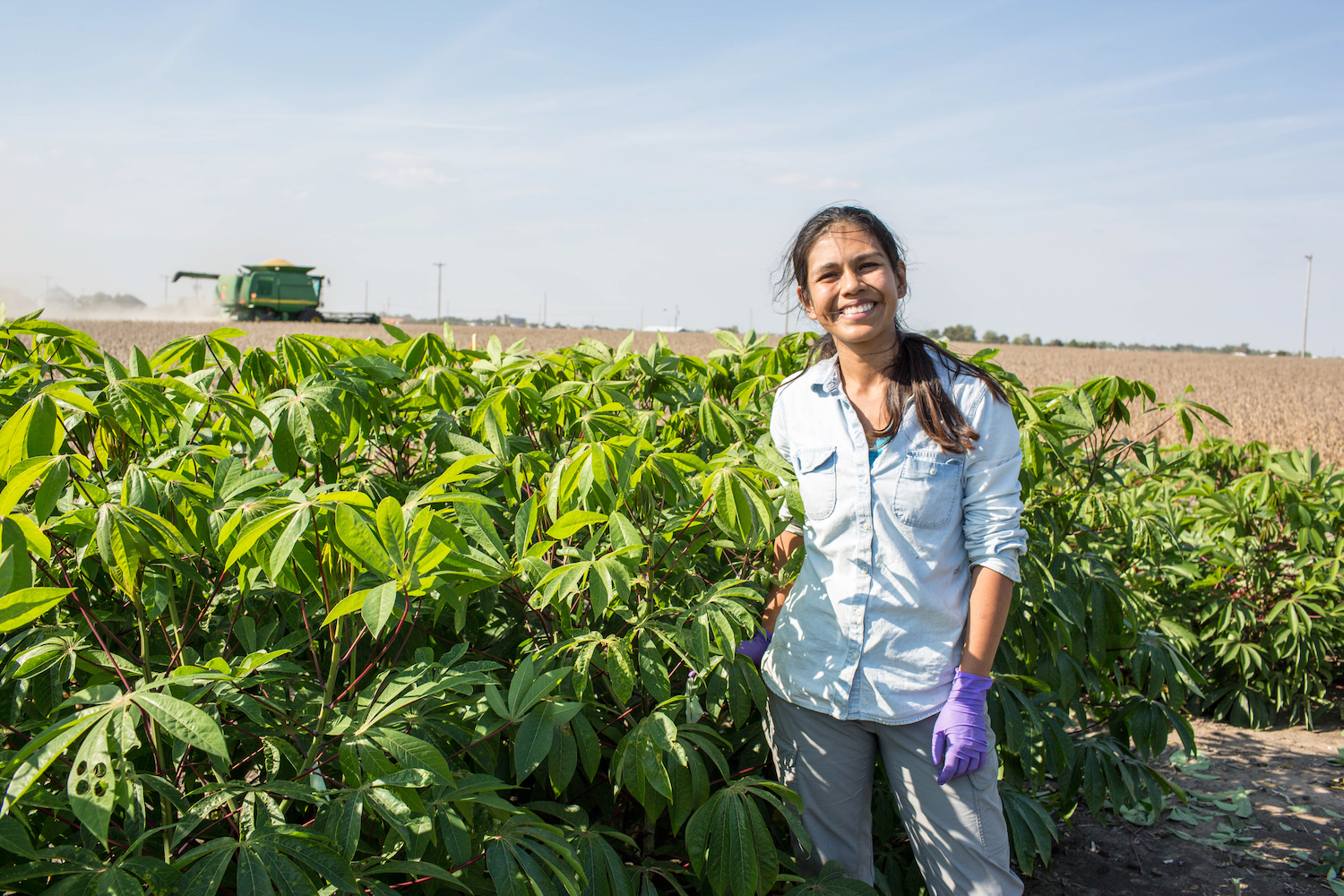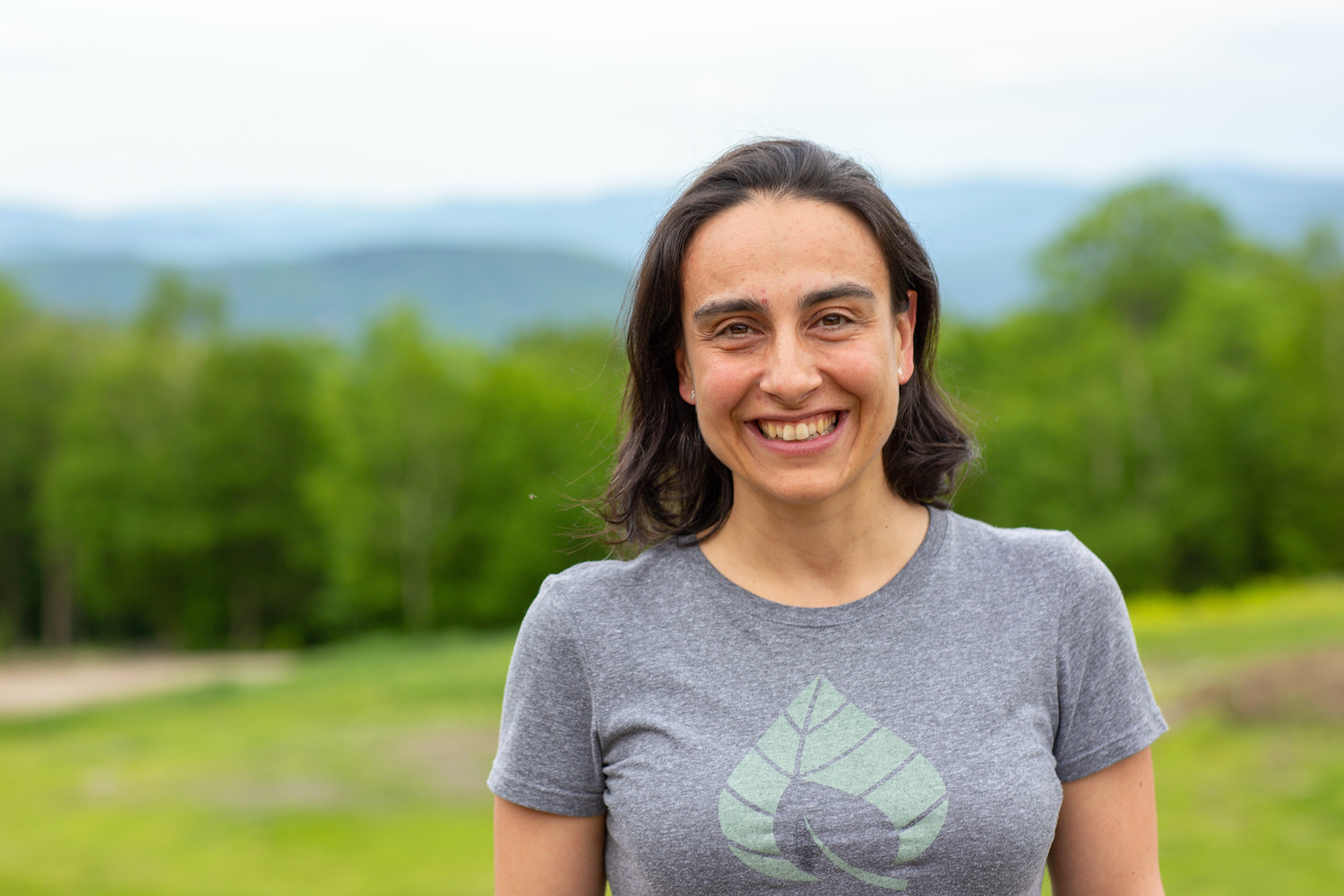International Women's Day 2021: #ChooseToChallenge

Established in the early 1900s, International Women’s Day continues to serve as a beacon of hope and empowerment for women pushing for equal rights and all of the accomplishments that they have achieved. This year’s theme for IWD is #ChooseToChallenge, a call to action that encourages us to challenge the status quo and call out gender bias and inequality. We can all choose to seek out and celebrate women’s achievements and together, we can all help create a more inclusive world and a brighter future.
In celebration of this important day, the RIPE project is shining a spotlight on some of our woman scientists who are making significant contributions to increasing global food security. We asked our scientists, working in Australia, the UK, and the US (Illinois) about their research, what IWD means to them, and their thoughts on how we can #ChooseToChallenge inequality.

What is your research focused on?
Amanda De Souza, postdoctoral researcher, University of Illinois: My research involves evaluating photosynthetic rates, carbohydrate metabolism, growth, and productivity of crops in a variety of conditions. I evaluate how they behave under climate change conditions so we can understand how our crops will be in the future and what we can do to adapt them to the new environmental stressors from climate change. The whole idea is to understand how we can provide more food for the future, given the fact that the world population is increasing and the climate is changing and will not necessarily be suitable for our current crops.
Elizabete Carmo-Silva, senior lecturer and group leader, Lancaster University: I am a plant scientist and am interested in understanding how plants regulate carbon assimilation in response to changes in the surrounding environment. I am particularly interested in an enzyme called Rubisco, which is central to photosynthesis. The regulatory mechanisms I investigate determine how the plant adjusts its growth as conditions change. In an agricultural context, this is relevant for the production of food and fodder, and my research aims to make crop production more efficient and sustainable in the face of climate change.
Suyan Yee, research technician, Australian National University: Since current crop plants are not performing at their maximum potential, the research group I work with is trying to harness natural processes from fast-growing blue-green algae to try to improve plant growth, which would allow us to feed more people in the near future.
Tory Clarke, postdoctoral research fellow, Australian National University: One of the biggest challenges I see in my lifetime is the global food security crisis. We need a way to feed more people without using more land, water, or fertilisers, which are all diminishing commodities in our changing climate. The one seemingly unlimited resource we do have, however, is sunlight. Sunlight and carbon dioxide drive the photosynthesis reaction, allowing plants to grow and produce the crops that feed the world.
My research focuses on increasing the amount of carbon dioxide plant leaves can take up into chloroplasts, the engines of photosynthesis inside plant cells. More carbon dioxide going into photosynthesis means more carbon energy–food–produced by the plant. I’m investigating what stops more carbon dioxide from getting into leaves, things like thick cell walls and fatty membranes, then engineering plants to reduce these barriers and improve crop productivity.
Tracy Lawson, professor in plant physiology, University of Essex: My research is in the area of plant physiology and focuses on stomatal physiology and photosynthesis and how plants cope and adapt to stresses and dynamic environments. Recent work has specifically looked at the speed and magnitude of stomal responses in order to optimise photosynthesis and water-use efficiency. I am also interested in developing new phenotyping approaches as both research and industrial tools.
Ursula Ruiz Vera (Ruiz-Vera), postdoctoral researcher, University of Illinois: I study the impacts of climate change on agriculture. My research has been focusing on understanding the effects of elevated carbon dioxide and global warming on the productivity of crops. I help identify ways that crop yield can be increased through photosynthesis.

What does International Women’s Day mean to you?
ADS: It is a day to celebrate the great achievements of women so far, but also it is a day to remember that there is a lot to be done to conquer inequality.
ECS: It reminds me of all the amazing women I know. I am conscious that we can’t necessarily generalise, but women tend to think and act in a particular way, which in general benefits the community and society. Historically, we have defined success based on measures that relate to a world dominated by men in positions of leadership. IWD reminds me that there is a different way we should consider, and that 'success' might need redefining.
SY: Personally, IWD represents a day to celebrate the advancements women have contributed to throughout history, to highlight what women before me have done to pave the way for my current generation, as well as to recognise what we can do for future generations of women to come and act on the shortfalls in gender equality that still exist.
TC: International Women’s Day for me is about celebrating the achievements of women and the work being done towards reaching gender equity. In science, we still have a long way to go before we can say to children interested in STEM that they will have the same opportunities to contribute to scientific advancement regardless of their gender.
TL: An opportunity to highlight work and achievements specifically from women, as well as raising awareness of potential biases that are often thought to no longer exist but still do.
URV: When I was in Peru, IWD was a huge day. You celebrated in schools and the workplace. You feel you’re recognized as a woman and you have an important role in society. At least that’s how I felt, that you are an important piece and people need you or want you to be part of society. That was empowering.

This theme for this year’s International Women’s Day is #ChooseToChallenge. What do you think the scientific community can do to challenge the status quo, gender bias, and inequality?
ADS: I think one of the most important things is first, to acknowledge that gender bias is a systemic problem. It is something that is embedded in society in a way that the majority of us have gender biases–even if it is unconsciously. Once we acknowledge that, we can start to “train” our brains towards equality. Many of us are not even aware (or don’t want to be!) that there is a gender bias.
Another thing I think can help a lot is to abolish the stereotypes. Abolish, for example, the idea that women will have kids and because of that they will not perform as well in their job, or they will care less about their job because of the family, or the idea that men cannot be involved as much as their partners in the family care.
ECS: Redefine our definition of success.
SY: As scientists, we can #ChooseToChallenge the barriers to having more women in leadership roles and higher-up positions, as well as encourage and introduce initiatives that support having more women in academic positions.
TC: There are some amazing programs happening towards this goal, like the Athena Swan Program in which Institutions commit to 10 key principles that promote gender equity in STEM through evidence-based evaluation of policy, practices and cultural change.
At a local level, members of the scientific community can empower women in STEM in many ways: Is that panel you’re organising for your conference including diverse voices? Who do you offer your mentorship to? Who will you tap on the shoulder for that next opportunity? Is your lab accommodating for those with carer responsibilities? Have you looked into where your own biases are? Does your workplace have an equity and diversity committee to address the challenges preventing women from progressing?
TL: Challenge stereotyping and call out such behaviour with peers. Provide further training in bias, inequality and unconscious bias. Challenge how we train and educate–many aspects of training appear somewhat ineffective–is there an alternative way (role play). WE need to be aware of all of these issues to ever resolve them.
URV: I will say that we have to lead by example and open opportunities for people of minority groups so they are incentivizing this kind of diversity in place. Each individual can also start by working on educating themselves and identifying where they may have some biases and try to work on that, on being better, and teaching other people too.
By: Amanda Nguyen || RIPE Communications Specialist
